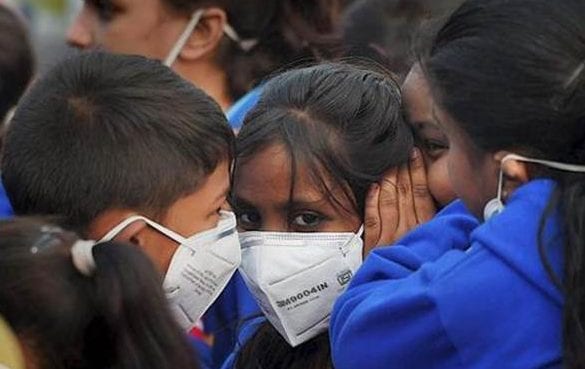
Explained: COVID-19 affects children but they are off danger grid

As the COVID-19 positive cases are increasing worldwide, various studies, reports and worldwide data shows that the virus mostly attacks people who are over the age of 50 and children under the age of 18 are slightly off the danger grid.
A recent data released by the Centers for Disease Control (CDC) suggests “COVID-19 cases might be less severe than cases in adults and that in children (persons aged <18 years) might experience different symptoms than adults”. The report also says that this age group people experience typical symptoms of infection, including fever, cough and difficulty breathing but less likely to die of COVID-19.
As on March 31, children under the age of 18 accounted for about 2.4 per cent of all reported cases in China. Researchers have also found that children infected with COVID-19 have milder symptoms and that tier recovery is fast when compared to adults.
Related news | 10 COVID-19 drugs under clinical trial in US: Donald Trump
It is important to note that incubation period in children is longer in adults, which is approximately 6.5 days as compared to 5.4 days in adults, Indian Express reports.
The youngest to test positive for coronavirus in China was a 17-day-old child following a cesarean delivery. Another study of nine pregnant women in Wuahn by The Lancet, shows that mothers don’t pass the virus.
However, another study by the Southwest Medical University and Birth Defects Clinical Research Center of Sichuan Province, says that children have low immunity, and must therefore try to avoid contact with complex populations to avoid being infected by potential spreaders, IE reported.
These are the WHO guidelines to keep your childeren safe:
- Providing children with information about how to protect themselves;
- Promoting best handwashing and hygiene practices and providing hygiene supplies;
- If schools are open, buildings should be disinfected. Water and sanitation facilities should be intact
- Increasing airflow and ventilation.
Related news | Chinese ‘fangcang’ model can help India tackle COVID-19
(With inputs from agencies)


